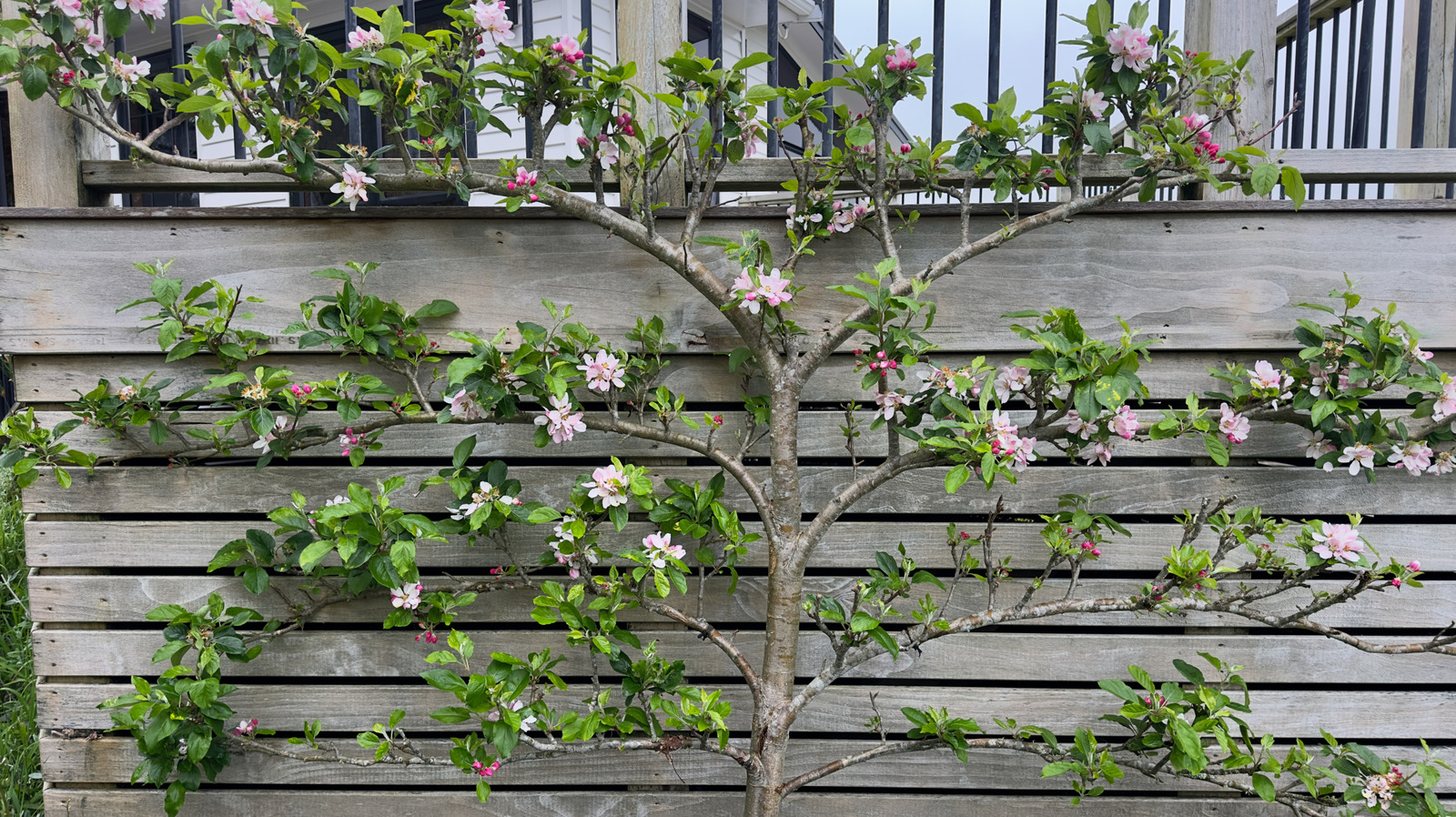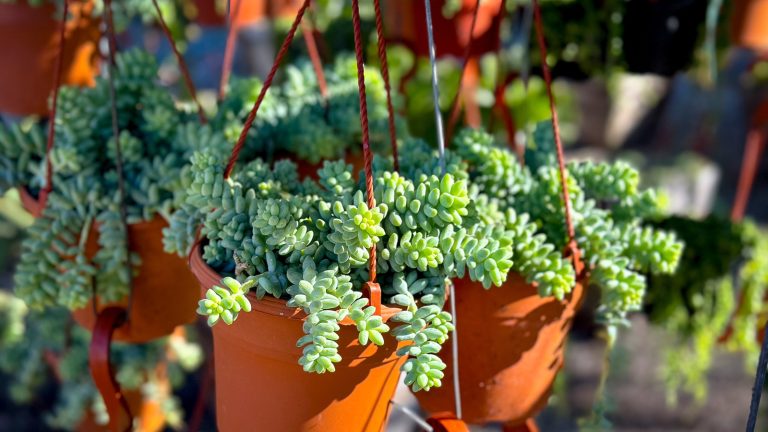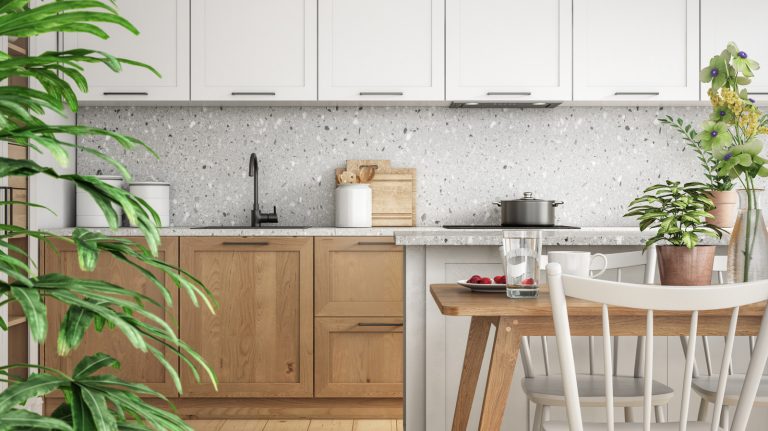
When considering growing fruit trees in your backyard, space is often a concern. Espalier, a French term derived from the Italian “to rest the shoulder on,” offers a space-saving solution. This technique, popular in Europe for many years, involves training fruit trees to grow laterally or vertically against support structures such as walls, trellises, or stakes, allowing them to fit into limited spaces. Not only is this method aesthetically pleasing, but it is also practical, making it suitable for many fruit tree varieties in small or narrow areas.
My first encounter with espaliered apple trees was on a fence while working in a stunning garden in central New York. The property also featured a glass greenhouse and a small windmill. As a professional gardener and orchardist, I was intrigued and began learning more. While existing trees can be espaliered, it’s more manageable to start with young, pliable trees. Dwarf or semi-dwarf varieties are easier to prune and work well in urban settings. Keep in mind that many fruit trees require a second variety nearby for cross-pollination, though some are self-pollinating.
Espaliered fruit trees are often expensive, ranging from $250 to $300, but purchasing a young tree and training it yourself is more economical, costing around $35 to $95. This approach offers more flexibility in the size and shape of your structure. Although it requires time and effort, espaliered trees are a beautiful addition to any garden.
Apple Trees
Apple trees are the most popular choice for espalier and are available in pre-espaliered forms. To ensure cross-pollination, plant multiple varieties or opt for self-pollinating cultivars like Golden Delicious, Braeburn, Granny Smith, or Grimes Golden. If planting multiple trees, select varieties that bloom in early, mid, and late spring. My favorite early cultivars include Paula Red, Ginger Gold, Pristine, and Zestar, all maturing in late August. For September, I prefer Macoun, Cortland, and Jonathan, while Cameo, Winesap, and Jonagold are my October favorites. Ripening times may vary depending on your region.
Pear Trees
Pear trees are also commonly espaliered, especially in Europe, and their fragrant white blossoms are a spring delight. Their growth habits and size are similar to apple trees, with dwarf and semi-dwarf cultivars available. Self-pollinating varieties like Orient, Spalding, Baldwin, and Kieffer are cold hardy to USDA Zones 4 or 5. Early-fruiting pears like Seckel can be harvested in August, while Bosc pears ripen in October, depending on climate. Some nurseries, like Saint Lawrence, specialize in cold-hardy pear varieties that are more vigorous for espalier growing.
Fig Trees
Despite being associated with Mediterranean climates, some fig trees are cold hardy. Their large, shapely leaves make them an attractive choice for espalier, whether against a wall or on a lattice or trellis. Most fig trees thrive in USDA Zones 8 to 10, but growers in colder zones often use containers and move them indoors for winter. Some figs, like Chicago Hardy, Brown Turkey, and Negronne, are hardy in USDA Zone 6 with winter protection. Espalier allows you to train fig trees lower, simplifying winter protection.
Plum Trees
Plum trees, known for their fragrant blossoms and colorful fruits, are excellent for home gardens and espalier. European plum trees (Prunus domestica) are ideal for beginners due to their cold hardiness, manageable height (12 to 15 feet), and self-pollinating nature. Planting a second variety enhances fruit yield, and if you love plums, consider planting multiple kinds. For example, a pink Early Laxton plum (hardy to Zone 4), a red-purple midseason Santa Rosa, and a late-blooming purple French plum can be planted side by side.
Peach Trees
While peach trees may not have a long lifespan, the appeal of fresh peaches makes growing them worthwhile. These multi-branching trees are suitable for espalier. Though not native to North America, peaches have adapted well, with many cultivars being cold hardy. Peaches can be prone to common fruit tree diseases, so research how to identify and treat issues. Look for disease-resistant trees like Belle of Georgia and Glohaven, both resistant to brown rot and bacterial leaf spot.
Nectarine Trees
Nectarines are similar to peaches but are less prone to bruising due to their smooth skin. Despite this advantage, nectarine trees can be more challenging to grow as they are less disease-resistant and cold hardy. However, don’t let this deter you from growing espaliered nectarines. Some varieties hardy to USDA Zone 5 include Fantasia, Sunglo, Goldmine, and Red Gold. Plant nectarine trees during the dormant season in early spring.
Lemon Trees
Lemon trees require a warm climate to grow outdoors, being hardy in USDA Zones 8 through 11. Gardeners in colder zones often grow lemon trees in containers and overwinter them indoors. However, the Meyer lemon tree, a compact dwarf variety with delicious fruit, can be grown year-round in USDA Zone 7 with winter protection. Its size makes it a good candidate for espalier. Position it in a sheltered spot to protect from harsh winter winds.
Crabapple Trees
The crabapple is the only apple tree native to North America and is a hardy, resilient choice. Its beautiful pink blossoms and abundant fruit are attractive, and its compact size makes it ideal for espalier. Some varieties have small fruits favored by wildlife, but for a fuller look, choose larger-fruited varieties like Whitney, Chestnut, Callaway, Jelly King, and Transcendent.
Apricot Trees
While not as commonly grown, apricot trees are gaining popularity among American gardeners. These summer stone fruits have similar growing conditions to peach and nectarine trees: full sun and rich, well-draining, slightly acidic soil. Most varieties are self-pollinating, but adding another variety increases yields. Recommended varieties for home growers include Moorpark, Goldcot, and Harcot (hardy to Zone 4), as well as Blenheim (hardy to Zone 5).
Quince Trees
Quince trees (Cydonia oblonga) differ from flowering quince shrubs (Chaenomeles), though some heirloom varieties of the latter produce small fruits. Quince trees are often grown as ornamental plants in botanical gardens, valued for their striking blossoms and large, aromatic fruits. I enjoy placing quince in a bowl in autumn, as they perfume the home for weeks. Quince trees are cold hardy, self-pollinating, and vigorous. Semi-dwarf trees are best for espalier. Consider varieties like Smyrna, Limon, or Ekmek, available from Raintree Nursery.
Cherry Trees
Cherry trees are stunning when espaliered. My first encounter was at the Walpole Estate in England, where a beautiful old cherry tree was part of a collection of espaliered fruit trees. Sweet cherries are typically eaten fresh, while sour cherries are used for cooking. Sour cherry trees are more cold hardy (USDA Zones 4 through 6) and self-pollinating. The dwarf sweet cherry cultivar Stella is self-pollinating, hardy to Zone 5, and well-suited for espalier. Sweet cherry trees require at least two varieties for pollination.






